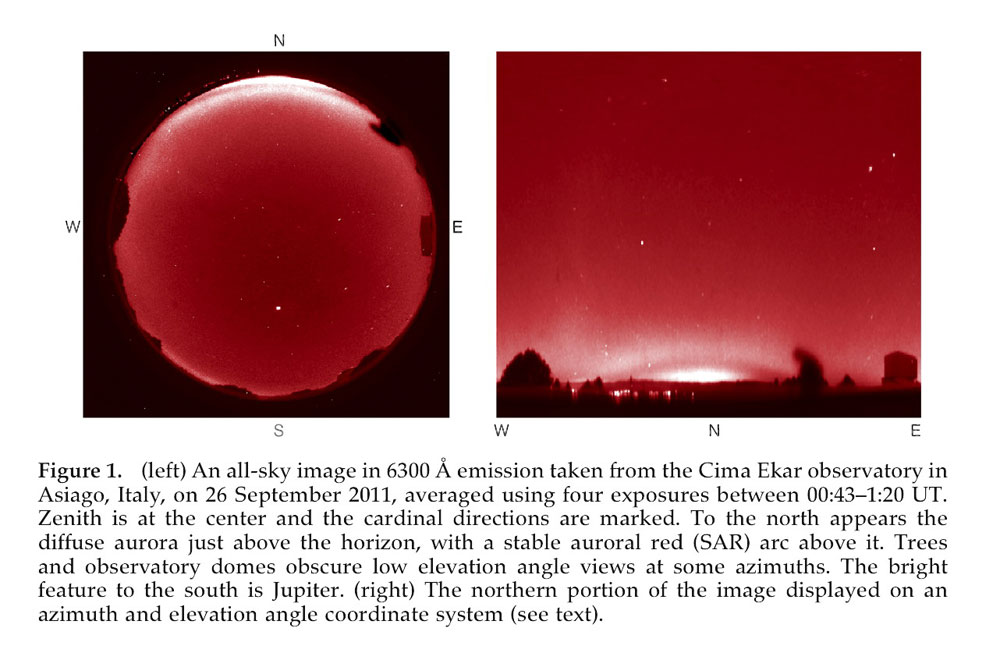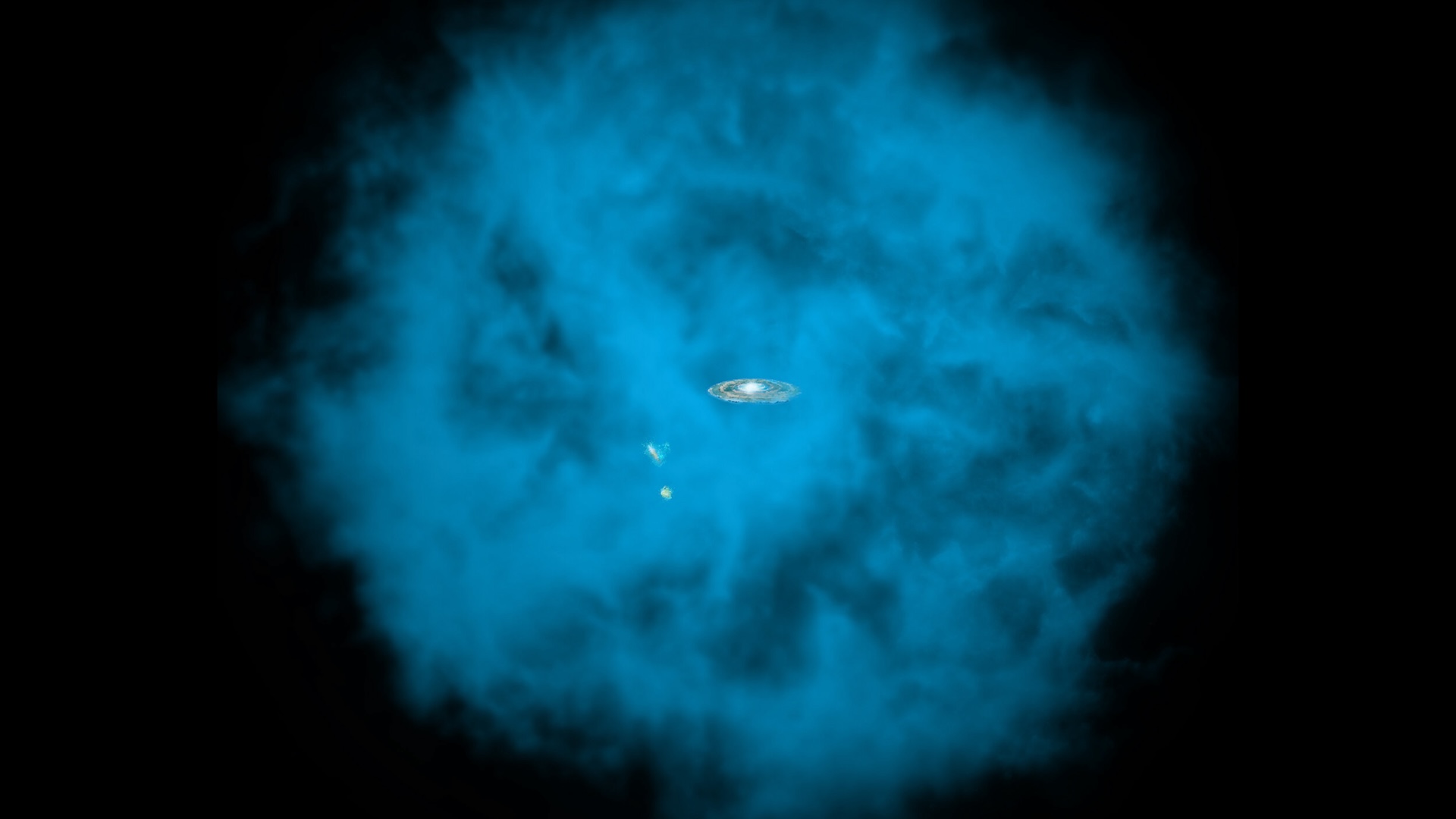earth's atmosphere
Latest about earth's atmosphere
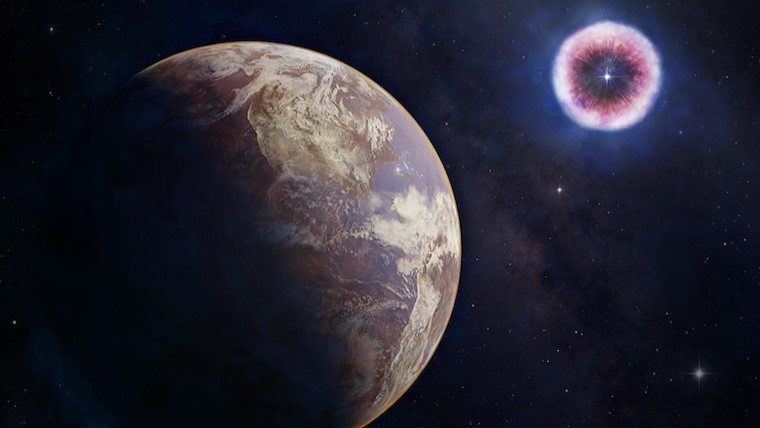
Did a supernova 6 million years ago kickstart evolution in Africa? New study offers a clue
By Ben Turner published
A curious connection between an ancient supernova and virus diversification in one of Earth's biggest lakes means that crazy cosmic events may have had more influence on our planet than we thought.
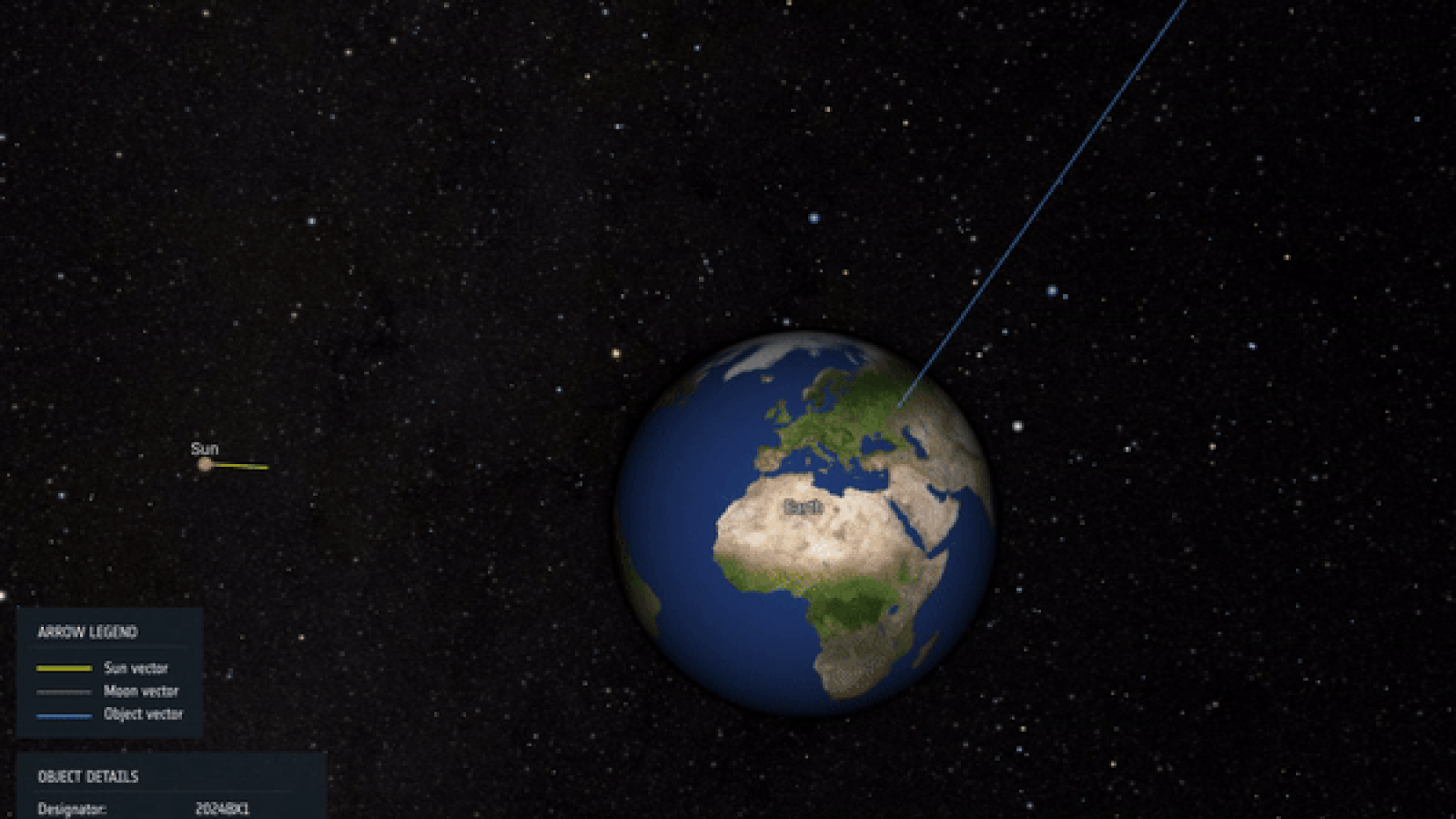
Asteroid that exploded over Berlin was fastest-spinning space rock ever recorded
By Sascha Pare published
Scientists have calculated the rotational speed of asteroid 2024 BX1, which exploded over Berlin earlier this year, by letting it trail in images of the sky. It turns out, 2024 BX1 was spinning faster than any other near-Earth object ever seen.
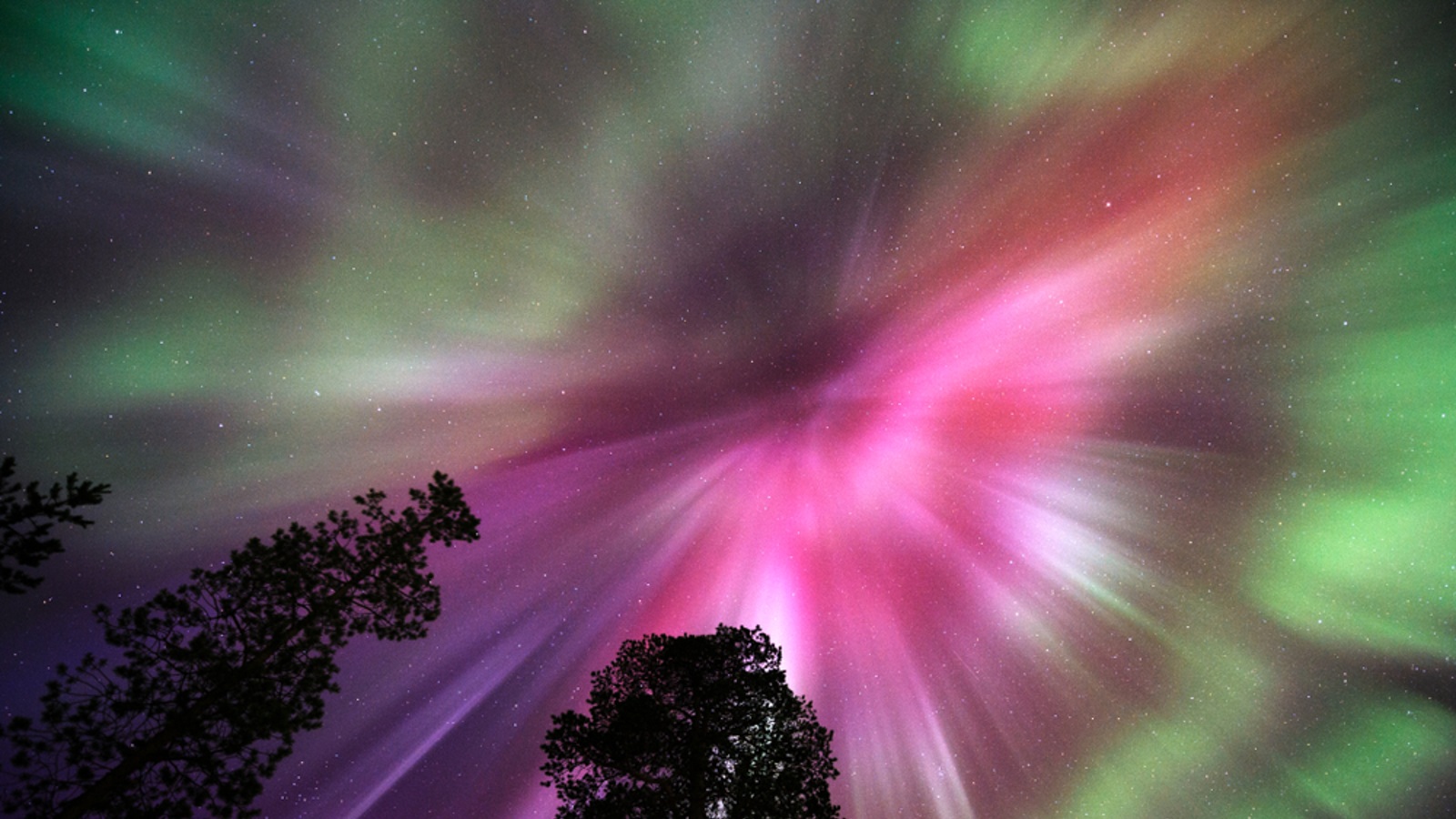
Earth's thermosphere reaches highest temperature in 20 years after being bombarded by solar storms
By Harry Baker published
The atmospheric temperature spike, which was caused by geomagnetic storms triggered by the sun, suggests the "solar maximum" is fast approaching.
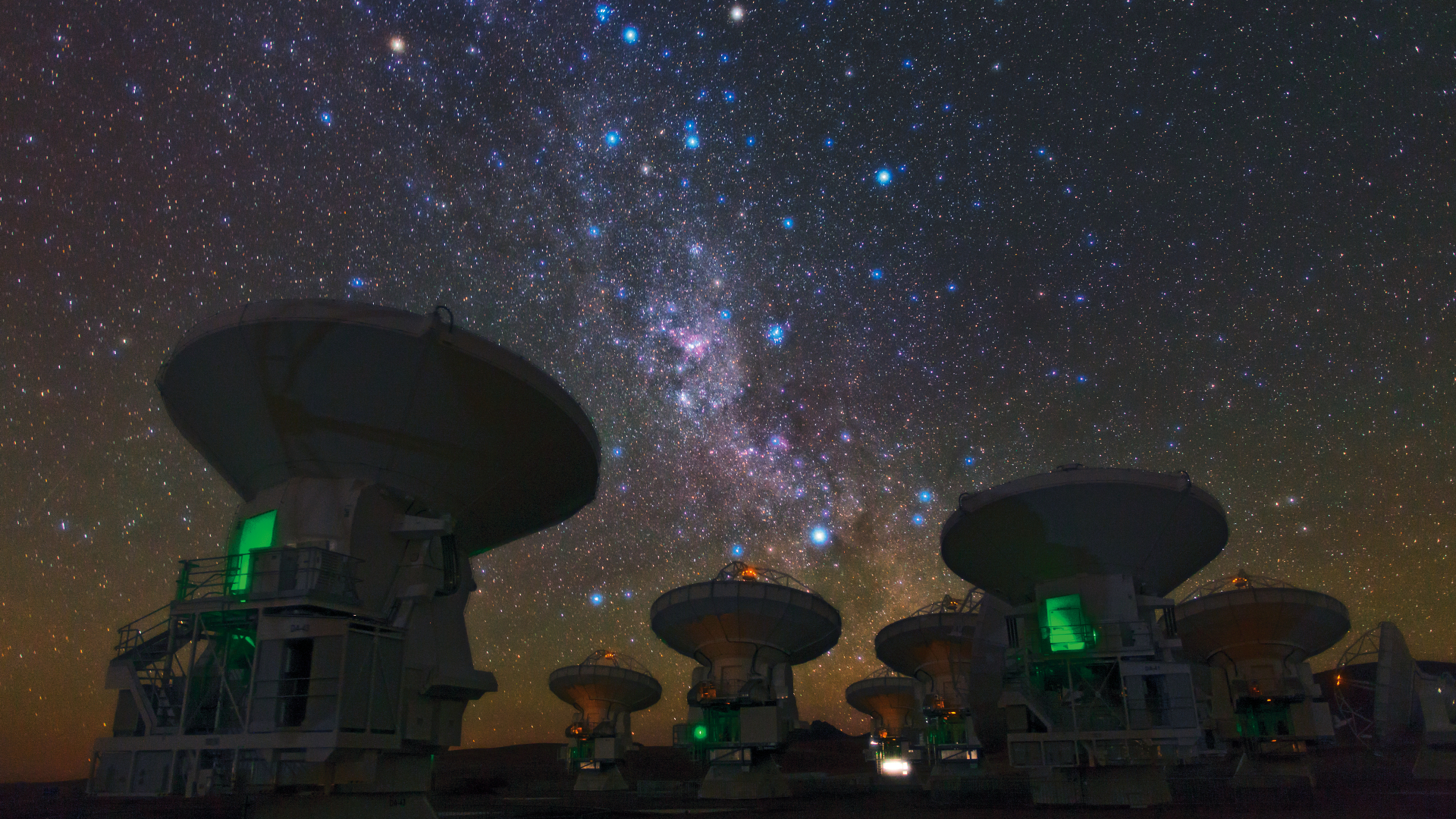
Why do stars twinkle?
By Colin Stuart published
Stars appear to twinkle because the light from these distant objects passes through wobbly air in the atmosphere.
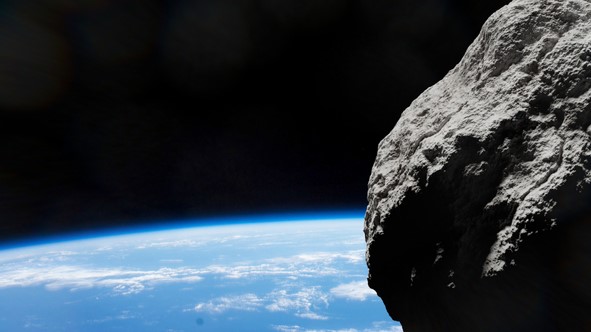
Fridge-size asteroid detected just 2 hours before it slammed into Earth
By Harry Baker published
It is only the fifth time that an asteroid has been detected prior to hitting Earth.
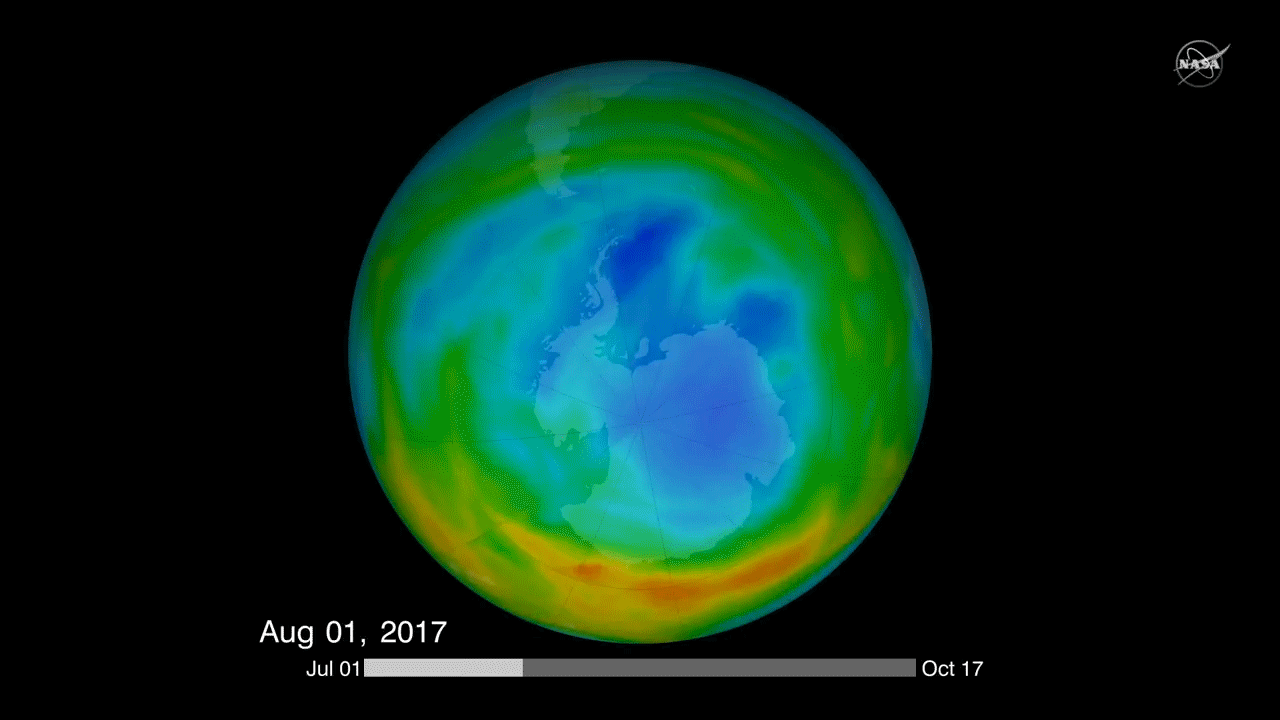
The Hole in Earth's Ozone Layer Is Healing
By Calla Cofield published
Efforts to heal the hole in Earth's ozone layer over Antarctica appear to be paying off, according to a first-of-its-kind study that looked directly at ozone-destroying chemicals in the atmosphere.
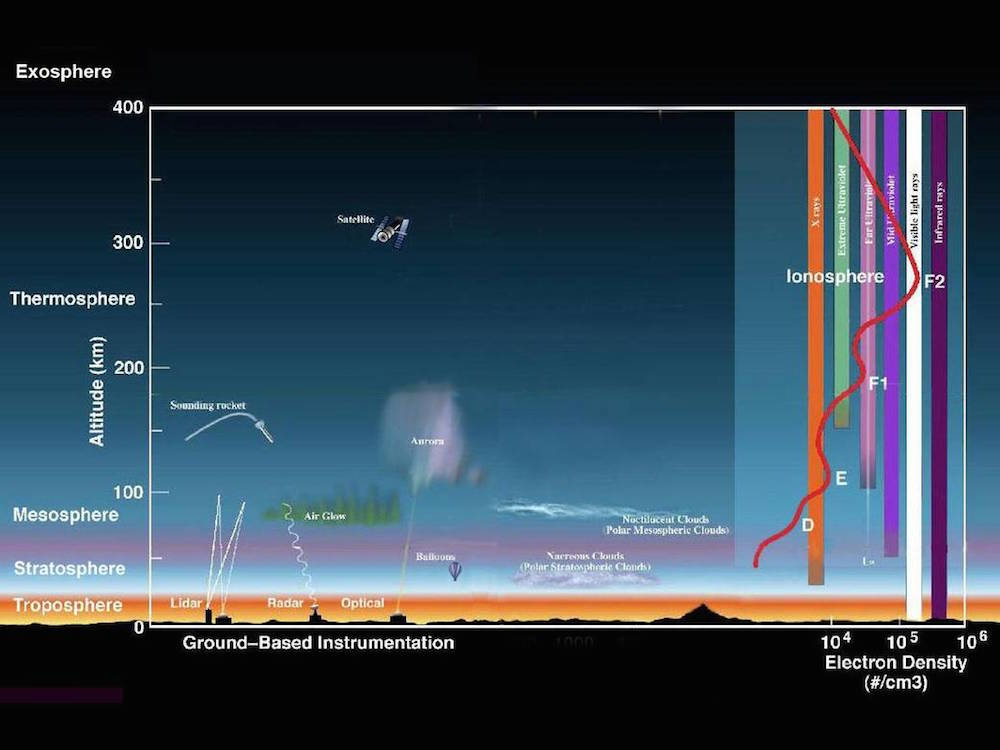
Missing Electrons in the Atmosphere Possibly Found
By Tia Ghose published
The mysterious disappearance of electrons in the atmosphere could be caused by meteors burning up in the sky, new research suggests.
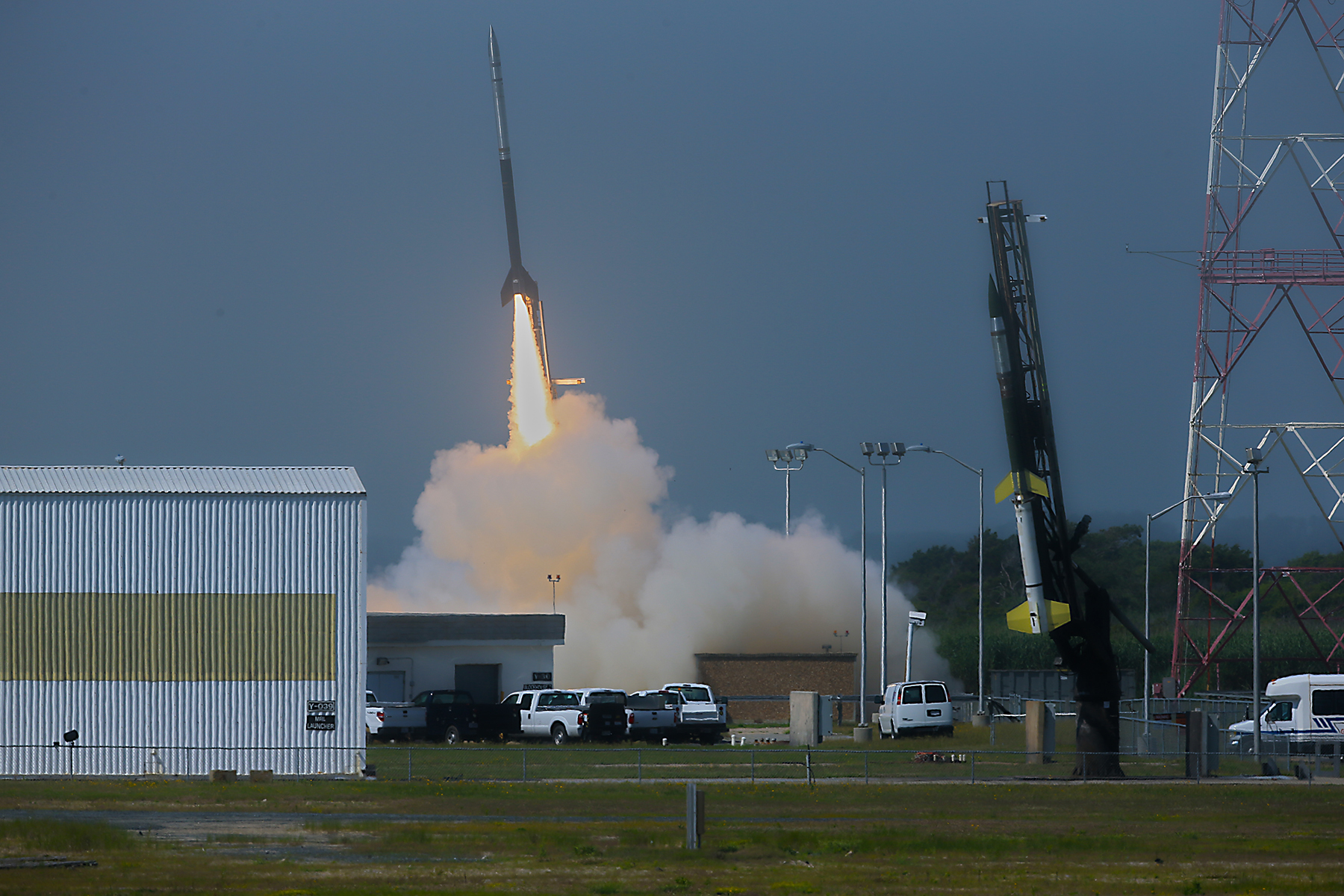
Rockets' Red Glare! NASA Marks Fourth of July with Double Launch
By Tariq Malik published
Sign up for the Live Science daily newsletter now
Get the world’s most fascinating discoveries delivered straight to your inbox.
